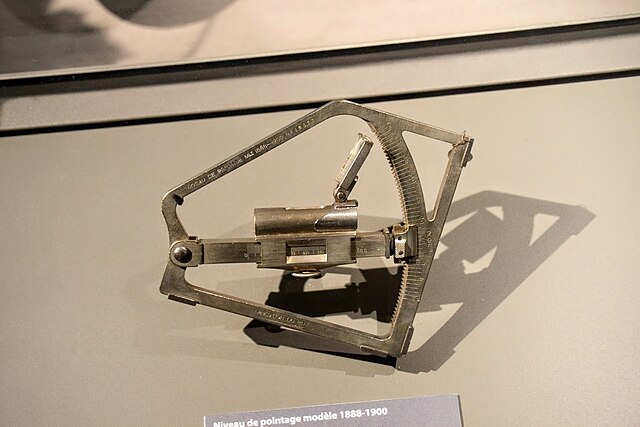The M101A1 howitzer is an artillery piece developed and used by the United States. It was the standard U.S. light field howitzer in World War II and saw action in both the European and Pacific theaters and during the Korean War. Entering production in 1941, it quickly gained a reputation for accuracy and a powerful punch. The M101A1 fires 105 mm high explosive (HE) semi-fixed ammunition and has a range of 12,330 yards (11,270 m), making it suitable for supporting infantry.
United States Marines fire a M101A1 during a ceremony in 2005
French artillerymen of the 65th Artillery Regiment being instructed on 105mm M2 Howitzer in Morocco, December 1943.
Canadian soldiers fire a high explosive round with a C3 howitzer in 2009.
Royal Thai army M101 with new barrel.
The French 75 mm field gun is a quick-firing field artillery piece adopted in March 1898. Its official French designation was: Matériel de 75 mm Mle 1897. It was commonly known as the French 75, simply the 75 and Soixante-Quinze. The French 75 was designed as an anti-personnel weapon system for delivering large volumes of time-fused shrapnel shells on enemy troops advancing in the open. After 1915 and the onset of trench warfare, impact-detonated high-explosive shells prevailed. By 1918 the 75s became the main agents of delivery for toxic gas shells. The 75s also became widely used as truck mounted anti-aircraft artillery. They were the main armament of the Saint-Chamond tank in 1918.
Canon de 75 Modèle 1897 on display in Les Invalides
Lieutenant-colonel Joseph Albert Deport, the developer of the 75 mm field gun
Rifling of a 75 modèle 1897
Range setting device








